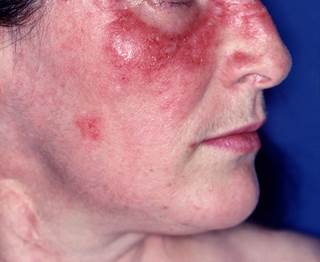Blogue
07
Jan
2019
B-Cell Esgotamento terapia com rituximab eficaz para Lúpus eritematoso cutâneo







